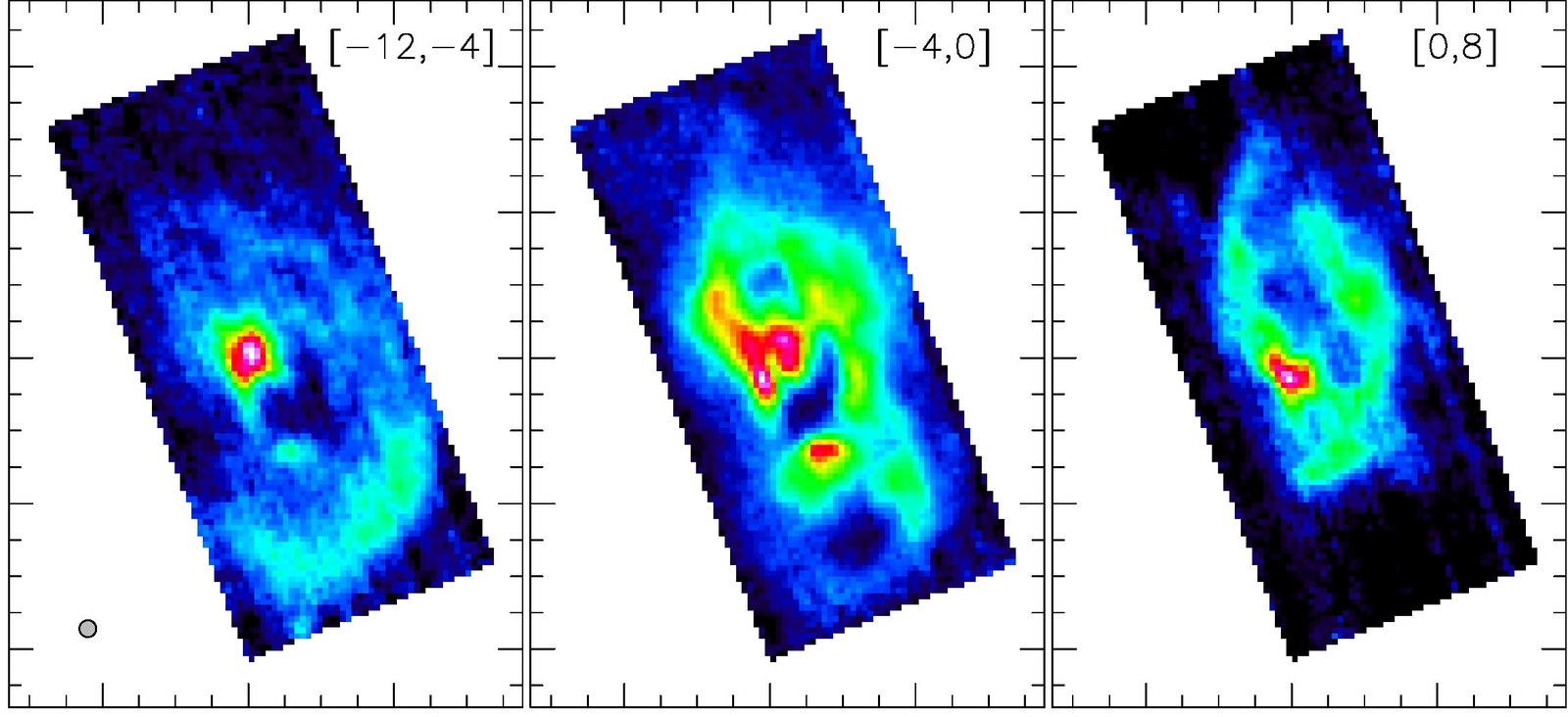upGREAT – a new far-infrared spectrometer for SOFIA


The upgraded far-infrared spectrometer upGREAT has successfully completed its first deployment on board the Stratospheric Observatory for Infrared Astronomy (SOFIA), a joint project between the US Space Agency NASA and the German Aerospace Center (Deutsches Zentrum für Luft- und Raumfahrt; DLR). During four commissioning flights from its home base in Palmdale, California, conducted between 13 and 22 May 2015, upGREAT showed unprecedented efficiency in analysing the origins of carbon radiation from interstellar gas and dust clouds. "We are delighted with the quality of the measurements," says upGREAT Project Manager Christophe Risacher from the Max Planck Institute for Radio Astronomy (MPIfR), adding: "Although the main purpose was to use a variety of test measurements to complete commissioning, these initial observations will give us a wealth of new insight into stellar evolution."
upGREAT is an enhanced version of the German Receiver for Astronomy at Terahertz Frequencies (GREAT), a far-infrared spectrometer that has successfully completed 50 scientific flights on board SOFIA since 2011. The instrument was developed and built by a consortium of German research institutes – MPIfR in Bonn and the Kölner Observatorium für SubMillimeter Astronomie (KOSMA) in Cologne – in collaboration with the DLR Institute of Planetary Research in Berlin. But upGREAT now operates 14 – not just one - detectors simultaneously. These are spread over two arrays – each holding seven detectors whose sensitivity has also been enhanced by approximately 30 percent. "Although only four years have passed since GREAT's first mission, upGREAT delivers an observational efficiency that is approximately 20 times greater. This clearly demonstrates the immense development potential for airborne observatories in comparison to space telescopes, whose instruments cannot be replaced in most cases," explains DLR SOFIA Project Manager Alois Himmes. But the development comes at a price; the detectors must be operated at extremely low temperatures – just a few degrees above absolute zero. While it only took a single cryostat filled with liquid helium to operate a single detector for 24 hours, this is not feasible with 14 detectors. For this reason, upGREAT is using cryocoolers for the first time; their operating principle is quite similar to ordinary refrigerators. Developed and integrated into the aircraft in recent months by engineers at NASA, the GREAT team and German SOFIA Institute, this system worked perfectly on its first mission.
SOFIA
SOFIA, the Stratospheric Observatory For Infrared Astronomy, is a joint project operated by the German Aerospace Center (Deutsches Zentrum für Luft- und Raumfahrt; DLR) and the National Aeronautics and Space Administration (NASA). The German contribution to the project is managed by DLR, using funds provided by the Federal Ministry for Economics Affairs and Energy (Bundesministerium für Wirtschaft und Energie), in accordance with a decision made by the German Federal Parliament (Bundestag), and funds from the State of Baden-Württemberg and the University of Stuttgart. The scientific operations are coordinated by the German SOFIA Institute (Deutsche SOFIA Institut; DSI) on the German side, and by the Universities Space Research Association (USRA) on the American side. Development of the German instruments is financed using funds from the Max Planck Society (Max-Planck-Gesellschaft; MPG) and the German Research Foundation (Deutsche Forschungsgemeinschaft; DFG).
